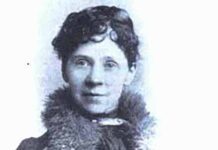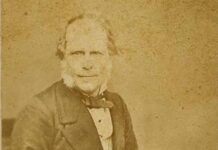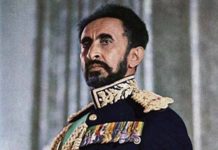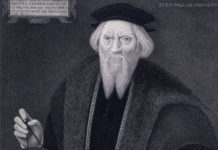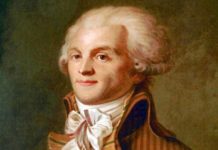James Neill was born on 26th May 1810 in the village of Dalry, Ayrshire in Scotland. Following an education at the University of Glasgow, he received a commission with the 1st Madras Fusiliers, a European regiment raised by the Honorable East India Company. Neill served competently and by 1850 he had been promoted to Lieutenant Colonel due to his actions in the Second Burmese War. Following duty in the Crimea, Neill returned to India in early 1857 at a time when a combination of European insensibility to Indian customs and rising Nationalism were about to ignite the Sepoy Revolt.
The Great Mutiny
On March 29th 1857 at Barrackpore a Sepoy named Mangal Pandey fired on a British NCO and began a widespread revolt amongst the native regiments of Northern India, especially Bengal. British soldiers and civilians were hunted down and butchered by the mutineers. Those who survived the initial onslaught attempted, with varying success, to fortify positions where they could hold out until relief arrived.
Governor General Canning summoned British troops stationed in Madras and Bombay to move immediately to Calcutta. One of the first to respond was Neill who was sent to disarm the Sepoy regiments at Benares and Allahabad. The Madras Fusiliers arrived in Benares on June 4th and by nightfall had either killed or dispersed the rebels. When news of Neill’s arrival at Benares reached the Sepoys in Allahabad they attacked their European officers killing 14 of them. The survivors retreated to the fort and where they managed to hold out until Neill arrived in mid June and set about restoring order in the ruthless manner he was to become known for.
While Neill was fighting his way to Allahabad British troops and civilians in Cawnpore, under the inadequate command of the elderly General Wheeler, were trying to defend a poorly chosen position against a strong rebel force. By the end of June, their food and water gone and ammunition almost depleted, the British defenders accepted terms of surrender which would allow them to withdraw to Allahabad. As they were embarking onto the boats which should have carried them to safety the rebels attacked. The British were in no position to defend themselves and all the men were either killed in the fighting or executed shortly afterwards. The women and children were at first imprisoned but on July 15th, word reached the rebel leader of an approaching British force. The rebel leader, the Nana Sahib, fearful of British vengeance decided to leave no witnesses and ordered the execution of more than 200 women and children. To their credit the Sepoys refused to carry out the order so local butchers carried out the grim task with large knives.
The British force which so alarmed the Nana Sahib was led by Major General Henry Havelock and included the Madras Fusiliers. Their orders were to force their way up the Grand Trunk Road and relieve Wheeler at Cawnpore and Sir Henry Lawrence who was besieged in the Residency at Lucknow. Arriving too late to save the Cawnpore defenders, Havelock set out towards Lucknow leaving Neill in Cawnpore to maintain the line of communication and deal with the aftermath of the massacre. He set about the task with relish, no mercy was shown to anyone suspected of participating in the uprising. Before being executed, prisoners were sometimes taken to the site of the massacre and made to clean up some of the blood, others were deliberately defiled to prevent them from receiving any rewards in the afterlife.
Havelock was finding it impossible to fight his way through the 48 miles separating Cawnpore and Lucknow, which lead to an ill tempered correspondence with Neill. Havelock continued trying to break through during July and August until he was superseded in command by the arrival of Major General Sir James Outram with reinforcements in September. A relief force of over 3,000 troops was organized into two brigades one of which was lead by the now Brigadier General James Neill. Meeting little in the way of the heavy resistance encountered earlier by Havelock, the British reached Lucknow on September 25th and the final assault on the rebel positions began, lead by Neill. The furious assault was met by an equally determined defense and casualties on both sides were severe as Neill’s troops forced their way through to the besieged Residency. His men were already entering the city when he fell with a fatal bullet wound to the head.
The methods used by Brigadier General Neill were undeniably brutal but his effective leadership and energy saved many lives. His reputation as a natural leader and brave soldier has been overshadowed by controversy surrounding his treatment of the local population.



